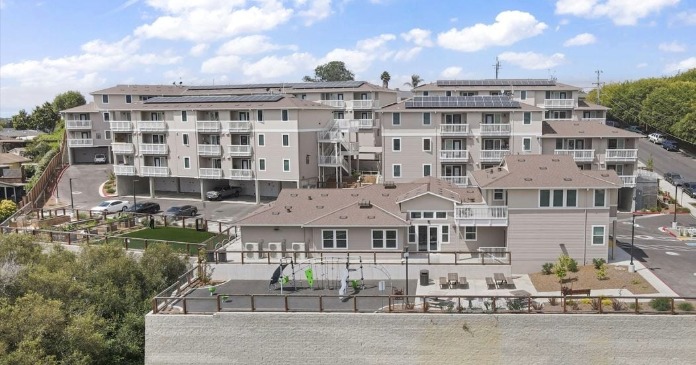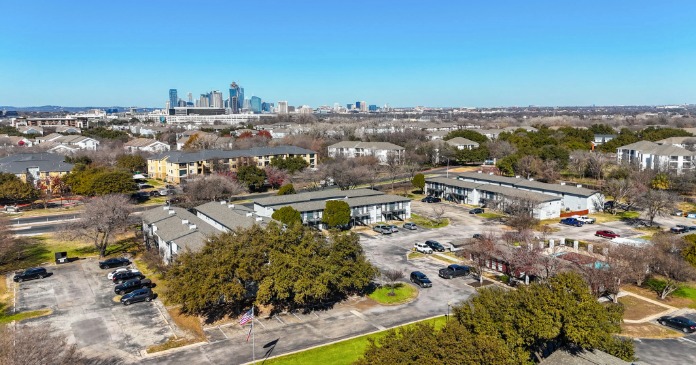The federal government, which now owns or guarantees some 37 million mortgages because of the Fannie Mae and Freddie Mac bailouts, is forced to take possession of properties at huge expense to the taxpayer. Nobody wins.
I believe there’s a better way to manage and recover from the foreclosure crisis.
First, there are many homeowners who could make their monthly mortgage payments if their interest rates were reduced. When mortgage rates dropped from 7 percent to nearly 5 percent in 2002 and 2003, 85 percent of borrowers with higher-rate mortgages refinanced, freeing up billions of dollars in disposable income for those families to save, invest, or spend. But today, the government is creating a major logjam. Instead of using its power to make it easier for responsible homeowners to refinance and get a lower rate, Fannie Mae and Freddie Mac have resisted, creating red tape for borrowers and locking them into above-market rates.
If allowed to refinance at today’s rate, a borrower who has been dutifully making monthly payments on a $200,000 government mortgage at a 6 percent rate could save around $3,000 every year. There are almost 600,000 eligible government mortgages in Massachusetts; nationally, this could provide the economy with an estimated $70 billion boost where it’s needed most-in the family pocketbook.
Every excess dollar that a homeowner pays on their mortgage is a dollar that could have been better spent in the local economy. We need hard-earned paychecks spent here on the SouthCoast, not sent to Washington.
Second, for those borrowers who are unable to get current on their payments even after refinancing, a short-sale allows them to settle their obligations by finding a good buyer for their home and avoid the pain of foreclosure. The buyers, often young families, get their first chance to own a home, and neighbors don’t have to worry about a vacant home next door becoming a hazard with leaks, a fire, or even a robbery.
Despite the clear benefit of a short sale versus foreclosure, today’s homeowners are forced to wait an average of 245 days to complete the short-sale process. It’s common for buyers and sellers to wait months before hearing whether a bank has accepted or rejected an offer. Banks are taking their time, but it’s a delay that homeowners can ill afford when the foreclosure clock is ticking. Stalling by banks is so common that many real estate agents steer clear of showing short-sales to potential buyers.
In an effort to help sellers utilize the option of a short-sale, I partnered with Sens. Lisa Murkowski of Alaska and Sherrod Brown of Ohio on the bipartisan Prompt Notification of Short Sale Act. It would require banks to provide a written response of acceptance, rejection, counter offer, or the need for a one time extension within 75 days.
This legislation would help borrowers get a fresh start, curb steep declines in neighborhood property values, and improve our broader economy. Studies have shown that short sales sell for at least 25 percent more than comparable foreclosed properties in almost all markets nationwide. With more short sales and less foreclosures, taxpayers would save billions.
There is no “silver bullet” for the housing market, but I believe that these proposals provide the foundation for a recovery. They come at no cost to the taxpayer and simply make sure that the banks and government bureaucracies are responsive to their customers. That should be something we can all support.
Author: Scott Brown















